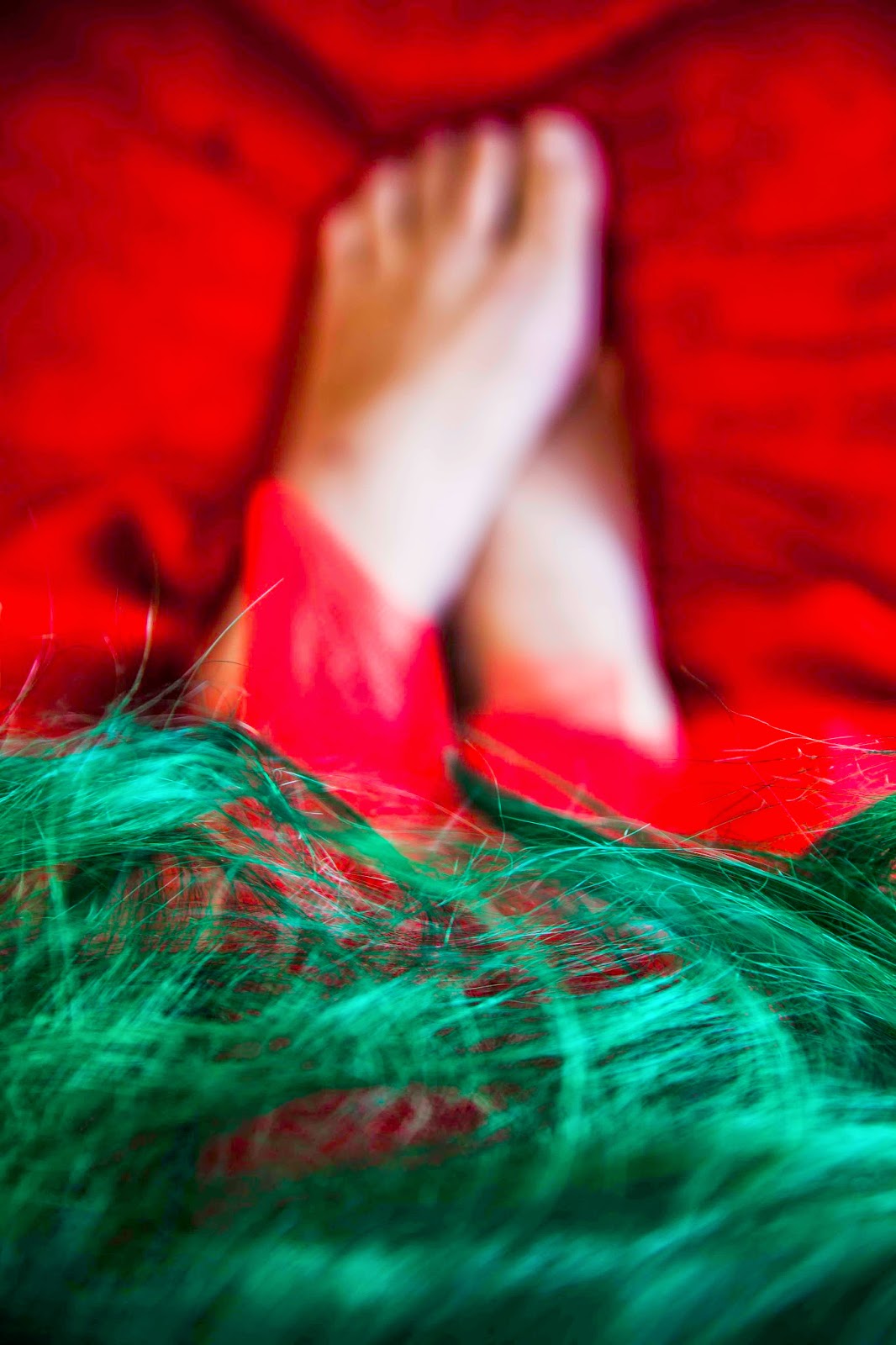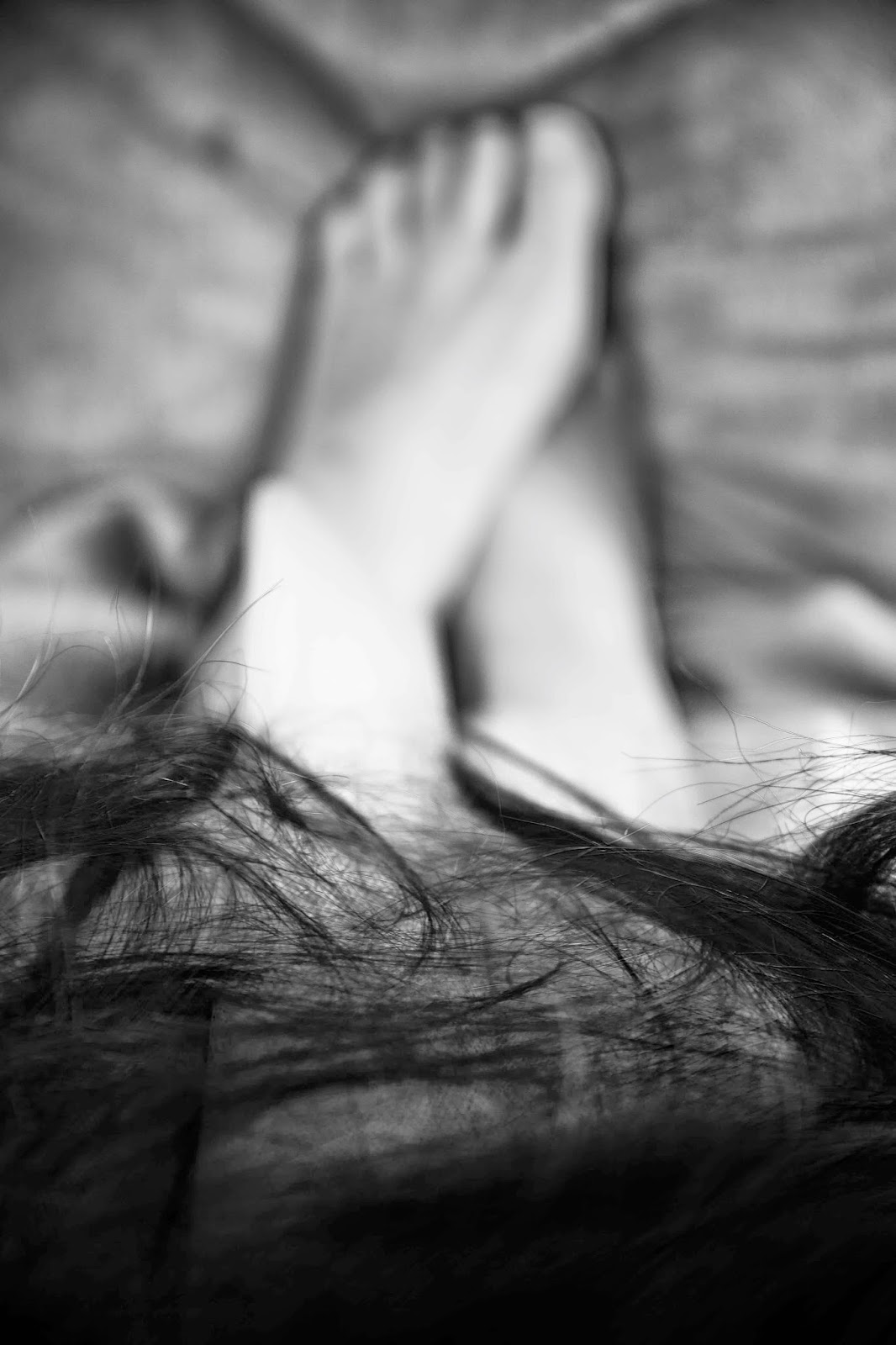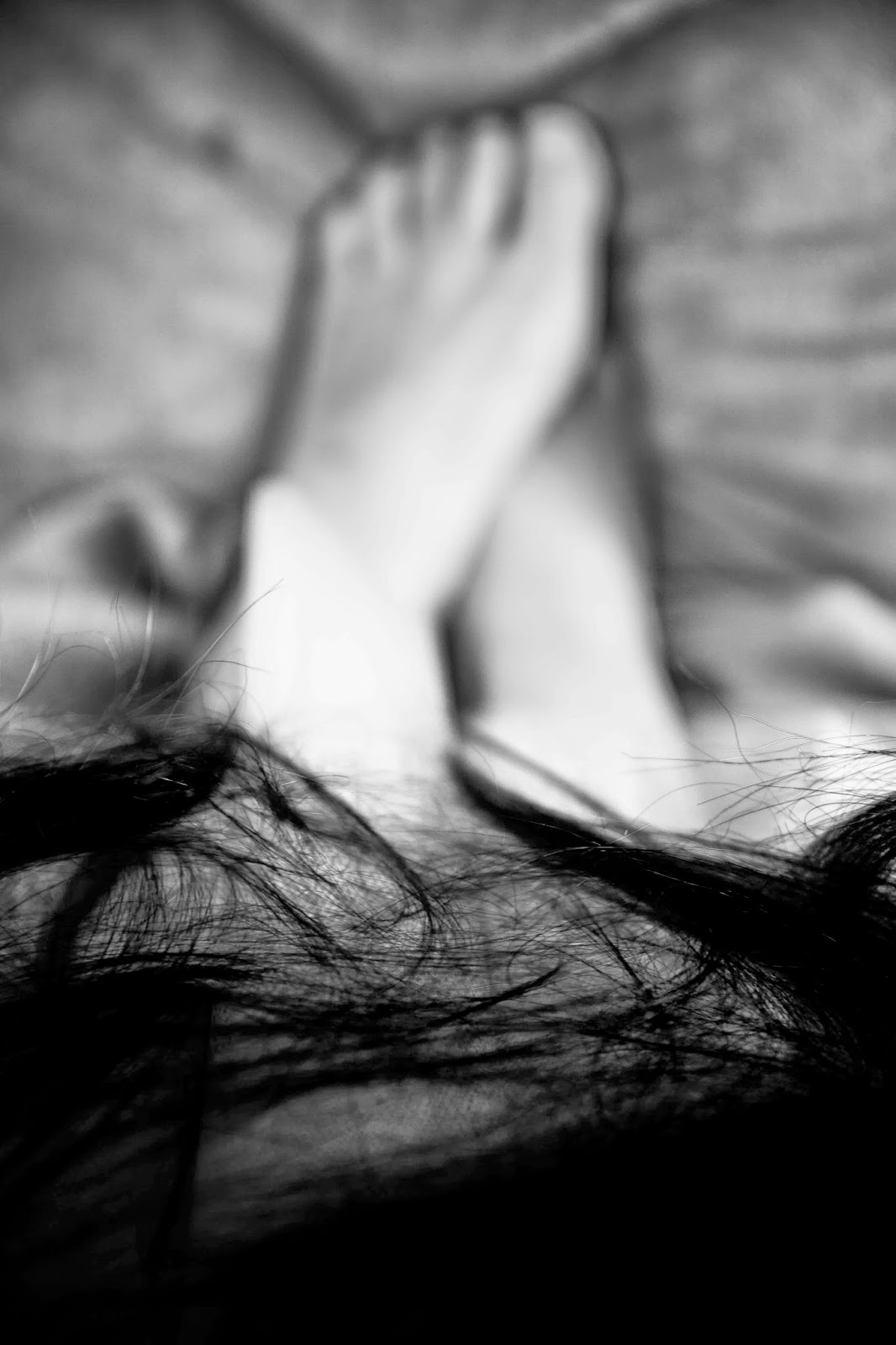“Mysteries lie all around us, even in the most familiar of things, waiting to be perceived.” [1]
Wynne
Bullock, Revelations Introduction, 2014,
University
of Texas Press and the High Museum of Art
The quote above couldn’t be more appealing
to me. When I first read about Wynne
Bullock in photographer Douglas Stockdale's blog
I was immediately drawn to his work and wanted to find out more. Wynne Bullock was a key figure in American
photography during the period that I am beginning to understand is so
important in American photographic history
– 1940’s to the 1970s. His works
Child in Forest and Let There Be Light both appeared in the Family of Man exhibition at MOMA in
1955, a landmark event which toured for 8 years and celebrated human existence
and all its joy and horror following the war years.
Bullock was born in 1902 and died in
1975. After he finished school he
pursued a concert-singing career which took him to France where he became
interested in visual art. He studied
photography at the Los Angeles Art Centre School from 1938-1940, starting his
photography career later than his contemporaries had done. (I try to take comfort from this as I’m a only
a few years older than Bullock was when he began; ok, maybe more than a few
years but we live far longer nowadays!) Bullock was part of the West Coast photography
tradition working with and friends of Edward Weston and Ansel Adam’s amongst
others.[2]
“His early work is deeply
experimental. Drawing direct inspiration
from his exposure to Man Ray and Maholy Nagy, as well as that of his Art Centre
teacher Edward Kaminski, Bullock began working to control tonal reversals in
his photographs by subjecting them to pulses of light in the processing and
printing stages, thereby creating evocative figure studies similar to the
solarisations he had become acquainted with in Europe”[3]
Like Paul Himmel and Lillian Bassman, who also had work included in the Family
of Man exhibition, Bullock was interested in experimenting with processes and
in-camera effects – It struck me that I am repeatedly and unknowingly drawn to
photographers who like to play with their equipment and processing techniques and who enjoy pushing the boundaries.
Wynne Bullock’s work is very much linked to
the ideas and philosophies he was so interested in. One of his main fascinations was with the
work of Einstein and the theory of relativity as well as the difference between existence and reality. His collection of books, all richly annotated, is
testament to a deeply intellectual basis from which he practiced his art
throughout his career.
Light itself was extremely important to
Bullock, not just as a crucial element for photography but as a subject in itself. Many of his images explored light and like the Dadaists he enjoyed relying
on chance to realise some of his work; for instance Gravitation Acceleration was created by hanging “a small light
pendulum over an unexposed sheet of film and allowing the forces of gravity and
acceleration to construct a composition for him. Given a push by the artist, the swinging
light traced a precise design over the negative…”[4] ‘Light to me is perhaps the most profound
truth in the universe”. [5]
Bullock believed, like the artist Paul
Klee, that art should “not reproduce the visible but ‘make visible’”[6]
and his experimental abstract work, using solarisation, reticulation
(subjecting the print to varying temperatures while processing in order to
create cracks and bumps and faults – which reminds me a bit of using
Snapseed and other such apps to paste scratches and make holes in iPhone
images), upside-down prints (I’ve done that!) and negative reversals are all
used to recreate the reality he was photographing and see the world from a
fresh place, much like Brecht did with his alienation affect. “Reality is as much about how you look as
where”.[7]
I am extremely taken with Bullock’s
attitude that “an individual must live passionately and sincerely”[8]
which is the philosophy that informed his work and life. I think there is much to learn from this
position.
One of the things that I am beginning to
find difficult to absorb and contend with as I study more and more
photographers and other artists is the practice of photographing women without
their clothes on, especially women laying down in particular poses, draped
languidly and looked utterly unreal, as opposed to more genuine images of women
such as Jodi Bieber’s Real Women [9] for instance. (I know it is unfair to compare, as these two photographers are working at very different times in history and are different types of photographer. I was recently advised to look at Jodie Bieber and was so pleased to see this work that celebrates woman as they are; not alabaster fantasies or anorexic marketing tools. The difference in her approach immediately struck me as I'd just been looking at Bullock's).
Of course, there is a long
tradition of ‘the nude’ in Western and other art throughout our histories. And I am sure it seemed like a perfectly
reasonable thing to do in a different time but it seems less reasonable now in
my eyes, although I know it continues. Perhaps this is an example of some form of cultural myopia on my part? A few of my images had recently been invited
to a group on Flickr that I briefly looked at and understood to be for black &
white images. It wasn’t until I looked more carefully that I realized the group
was actually black and white erotica – I was amazed by some of the images, I
have to say, and I never thought of myself as some sort of reactionary Mary
White house type – quite the opposite actually. It’s not the nudity I have a problem
with. It’s the attitude that it’s fine to
‘gaze upon’ women as if they were fresh meat, alabaster and perfect. Surely we have all moved on … apparently not. I thought perhaps there was as chance I was
being a cultural philistine when looking at Bullocks naked females but a quick internet search confirmed that feminist academics have collectively written
quite a lot on female nudity in western art, and it’s a relief to know I’m not
the only one who thinks it’s an outdated habit that could arguably be consigned
to history. Nevertheless I do worry I am
missing something important and profound by being so nonplussed with these
images.
“’By looking at the nude, I stopped
thinking in terms of objects,’ Bullock explained. ‘I was seeing things,
instead, as dynamic events, unique in their own beings yet also related and
existing together within a universal context of energy and change”.[10]
I am more than a bit ambivalent about the images of
nude women in Bullock’s work. I can see
that the work is important and that he is looking at realities that don’t
immediately present themselves to us in our everyday lives. But I can’t get over these examples of the male/female
relationship that exist in our world, and one which allows such images to be
considered more than fine. Do we really
have to undress women to stop seeing things in terms of objects? Isn't that the opposite of what is happening anyway? I don’t think every image that contains naked
women is indicative of that attitude. I
think maybe Navigation without Numbers just
about escapes it as the naked baby at least gives the woman something to relate
to other that her nakedness - although she isn't relating to it at all; here there is something surreal and disturbing,
why is the baby so far from it’s mother, why is there a vast black space
between them, why do they both look down?
I would like to know more about this photograph. I much prefer Lynne, Point Lobos or Child
On Forest Road to any of the pictures of his daughter without her clothes,
even though I know the Child in Forest
is an important and well known work. In the
two aforementioned images the power of the natural world in relation to the
small children is overwhelming and vast, and yet the children exist within it
and will grow up and eventually die, and always be part of that world and its perpetual
cycles too. And they didn't even have to be naked.
I really do like the abstract images and landscapes
(sans naked women). They are profoundly
beautiful and imbued with the philosophies that Bullock was so interested
in. I think I will look at them a great
deal.
Quotations taken from the introduction to Wynne Bullock, Revelations, copyright © 2014 University of Texas Press and The High Museum of Art
[1] Page 6
[1] Page 6
[2] Page 9
[3] Page 3
[4] Page 3
[5] Page 4
[6] Page 12
[7] Page 6
[8] page 12
[10] Page 8





